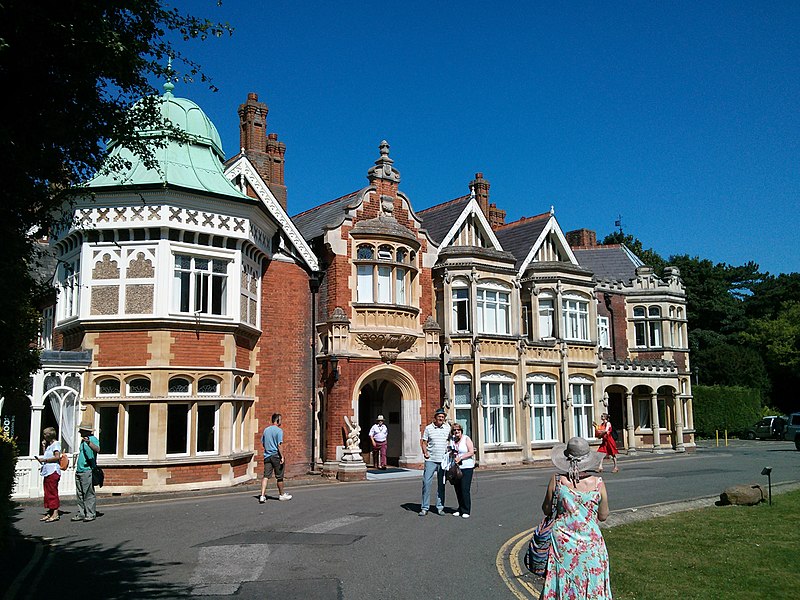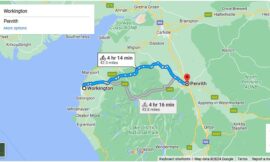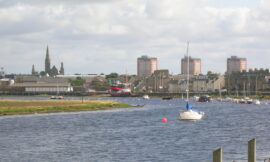Milton Keynes, often referred to as MK, is a unique and meticulously planned town located in Buckinghamshire, England. Renowned for its innovative urban design and modern infrastructure, Milton Keynes stands as a testament to forward-thinking urban planning and has evolved into a vibrant hub that seamlessly combines residential, commercial, and recreational spaces.
One of the defining features of Milton Keynes is its distinctive grid layout, characterized by a network of roads that intersect at right angles. This grid system, known as the “grid road system,” is designed to ease traffic congestion and enhance connectivity, providing efficient and convenient transportation throughout the town. The careful planning also includes an abundance of roundabouts, which have become synonymous with Milton Keynes and contribute to the town’s efficient traffic flow.
Established as a new town in 1967, Milton Keynes was conceived to alleviate housing congestion in London and promote regional growth. The town’s development was guided by a unique vision that aimed to create a balanced environment, incorporating residential areas, commercial districts, and ample green spaces. This commitment to providing a high quality of life is evident in the town’s numerous parks, lakes, and green corridors, which cover approximately 25 percent of the total area.
One of the central attractions in Milton Keynes is Willen Lake, a large artificial lake surrounded by parkland and recreational facilities. Willen Lake offers a variety of water-based activities, including sailing, windsurfing, and kayaking, making it a popular destination for both residents and visitors seeking outdoor recreation.
The town’s modern and expansive shopping district, known as the Centre:MK, is another focal point of Milton Keynes. This shopping center boasts a diverse range of retail outlets, dining options, and entertainment facilities. The Centre:MK is a reflection of the town’s commitment to providing a comprehensive urban experience, catering to the needs and preferences of its diverse population.
Milton Keynes has also become a thriving cultural and arts hub. The MK Gallery, a contemporary art gallery located in the town center, showcases a diverse range of visual arts, exhibitions, and events. The venue plays a crucial role in fostering creativity and cultural engagement within the community.
The town’s commitment to education is reflected in its numerous schools and higher education institutions. Milton Keynes is home to The Open University, a pioneering distance-learning institution that has played a significant role in providing accessible education to learners around the world. The presence of educational facilities contributes to the town’s dynamic and intellectually stimulating environment.
The integration of technology and innovation is another notable aspect of Milton Keynes. The town has embraced smart city initiatives, utilizing technology to enhance urban services and improve the overall quality of life for residents. Initiatives such as smart traffic management, intelligent parking systems, and sustainable energy solutions showcase Milton Keynes’ dedication to staying at the forefront of technological advancements.
In conclusion, Milton Keynes stands as a testament to visionary urban planning, combining modernity with a commitment to quality of life. Its grid layout, green spaces, cultural offerings, and technological innovations create a town that is both efficient and enriching. Milton Keynes is not just a town; it is a model for sustainable urban living that continues to evolve and inspire other urban developments around the world.



